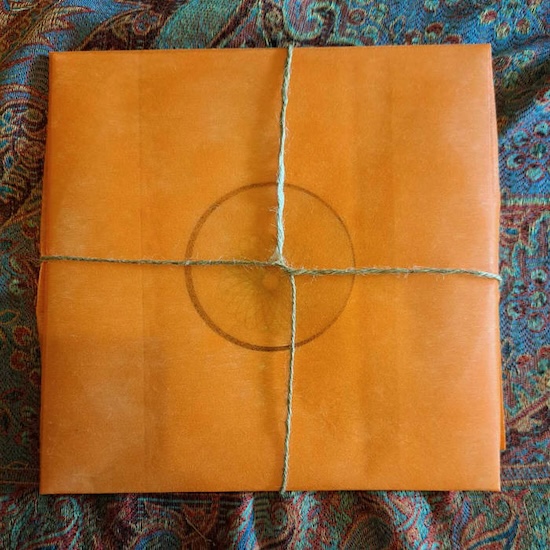There’s a lot to be said for collaboration in times like these. For all of its advantages, social media has become an oxymoron, fragmenting communities and monetising a vision of life as performance, rapidly accelerating the modern trend of expressive individualism. Artists now find themselves competing against the tyranny of algorithms, where self-serving egotism is applauded and competition over collaboration prevails. Outside of certain music realms, this specific type of self-reliance seems to be quietly extinguishing creative communities.
Phosphene – the solo project of broadcaster, writer and musician John Cavanagh, formerly of Electroscope – is a seemingly altruistic salute to a kind of artistic alliance that traverses all fields of Cavanagh’s work. Even in his book on Pink Floyd’s Piper at the Gates of Dawn for the 33 ⅓ series, he allows interviewees to talk freely, attempting to retain the voices of the people he interviewed, even the rhythm of their speech, bearing the imprint of his experiences in radio broadcasting. The perpetual embrace of collaboration and community persists on Phosphene’s fourth album: The Amber Time Machine, features guests including Gayle Brogan (Pefkin, Burd Ellen, John’s cohort in Electroscope), John Clark/Debukas (bis), Finland’s Sonic Temple Assassins, members of the Glasgow Improvisers Orchestra and more.
Instrumentation is expansive and textural, and Pink Floyd’s playful fertility of imagination in their early work continues to heavily influence Cavanagh’s creative output. Here, the use of a Farfisa Compact Duo organ once owned by the band (then Brian Eno) makes a familiar appearance, alongside a VCS3 synthesizer, clavioline, twirly tubes, nineteenth-century music box, esoteric vocal noises and clarinet, a blend once described by Terrascope’s Phil McMullen as “something which approaches the levels of texture found in a Rimsky-Korsakov (with his colour/hearing synaesthesia), or a Debussy – evocative and occasionally disturbing.”
In his 1895 novel, The Time Machine, H. G. Wells imagined an unsettling flight into the fourth dimension to reach Earth’s most remote and crepuscular future. Listening to The Amber Time Machine is like entering alternating paradoxes where the utopian and dystopian co-exist. The spiritual drone of opener ‘Glowing Cloud’, with its psychedelic folk intricacies, is boldly juxtaposed by the Killing Joke machismo of ‘Non-Existence’. The track contradicts the album’s more contemplative moments. It integrates warbling, radiophonic synthesizers with an almost trad-rock swagger, hurling its way back into orbit with the following Debukas remix of ‘Chouchou’, where ambient electronics unite with elements of rhythmic funk and dance music. The serene, slowly-unfolding ritualistic hymnals that draw heavily on the natural world are occasionally interrupted by moments of abject chaos, mirroring the wild uncertainties of human nature.
The album is a multifaceted alchemy of the popular and weird: an electronic-acoustic amalgam of neo-psychedelia, neo-folk, space rock, cosmic pop and retrofuturism infused by different cultural nuances, creating a unique auditory tapestry that immerses you in a world of sound, a creative synergy that can only be achieved with that one very important thing: collaboration.


